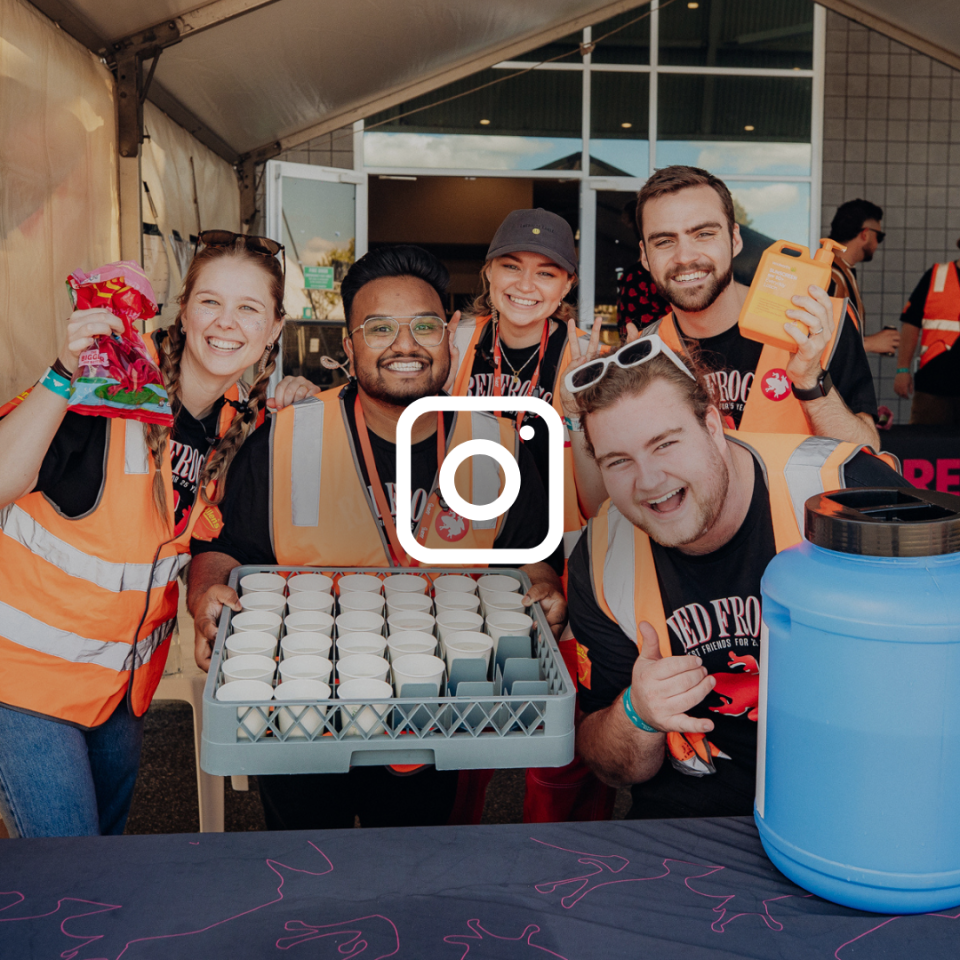A panic attack is a sudden rush of intense anxiety or fear together with frightening physical sensations and thoughts.
These can include a racing heartbeat, shortness of breath, dizziness, trembling, chest pain, sweating, shaking, and muscle tension. Thoughts can include feeling like you may be out of physical or emotional control, dying, heaving a heart attack or stroke, or going to pass out. Panic attacks are usually brief but may be terrifying while they last.
You can help contain the panic attack by remaining calm and supportive.
#How to help
01
Remain Calm
Keeping your cool is one of the best ways you can help. Even if you feel a little afraid yourself, stay calm. If your voice seems to help (and they haven’t asked you to keep quiet), talk to them in a calm voice.
What to say:
- Reassure them you won’t leave
- Reassure them the attack won’t last long
- Tell them they’re safe
02
Focus On Action Over Words
A soothing, familiar voice helps some people, but try to avoid repeatedly saying things like “don’t worry” or asking them if they’re alright over and over.
Make your words more actionable:
- Ask if they want to leave the room/go somewhere else
- Gently remind them to keep taking deep breaths
- Engage them in light conversation, unless they say they don’t want to talk.
03
Understand Their Panic May Not Make Sense To You Or Them
It might seem helpful to tell your friend there’s nothing to be afraid of. But they’re probably perfectly aware there’s no actual threat.
An empathic response can be as simple as, “That sounds really tough. I’m so sorry you experience that. Let me know what I can do to support you.”
04
Help Them Stay Grounded
Grounding techniques can help contain the panic attack once the intensity subsides. Try:
- Physical touch, like holding their hand (if they’re okay with it) or giving them a textured object to feel
- Encouraging them to stretch or move
- Encouraging them to repeat a soothing or helpful phrase, like “this feels awful, but it’s not going to hurt me”
- Talking slowly and calmly about familiar places or activities
05
When to Get Help
It can be frightening to watch someone have a panic attack, but at what point should you bring in additional help? Reach out for emergency help if:
- Chest pain feels like squeezing (not stabbing) and moves to their arms or shoulders
- Symptoms persist for longer than 20 minutes and get worse, not better
- Shortness of breath doesn’t improve
- Pressure in the chest lasts more than a minute or 2
06
Respect Their Needs
For someone who’s just had a panic attack, it’s common to feel completely wiped out as your body and its processes return to normal after an extreme fear response.
If your friend needs to go home to relax instead of carrying through with plans you had together, it's important to respect that.
Make sure to check on them in the days to follow.
#Further Support
Lifeline
Every 30 seconds, a person in Australia reaches out to Lifeline for help.
Lifeline is a national charity providing all Australians experiencing emotional distress with access to 24 hour crisis support and suicide prevention services.
13YARN
13YARN is the first national service of its kind for Aboriginal & Torres Strait Islander people in crisis. They offer a confidential one-on-one over the phone yarning opportunity and support with a trained Lifeline Aboriginal & Torres Strait Islander Crisis Supporter for mob who are feeling overwhelmed or having difficulty coping.
Kids Helpline
A free, private and confidential telephone and online counselling services, specifically for young people aged between 5 and 25 years old.




